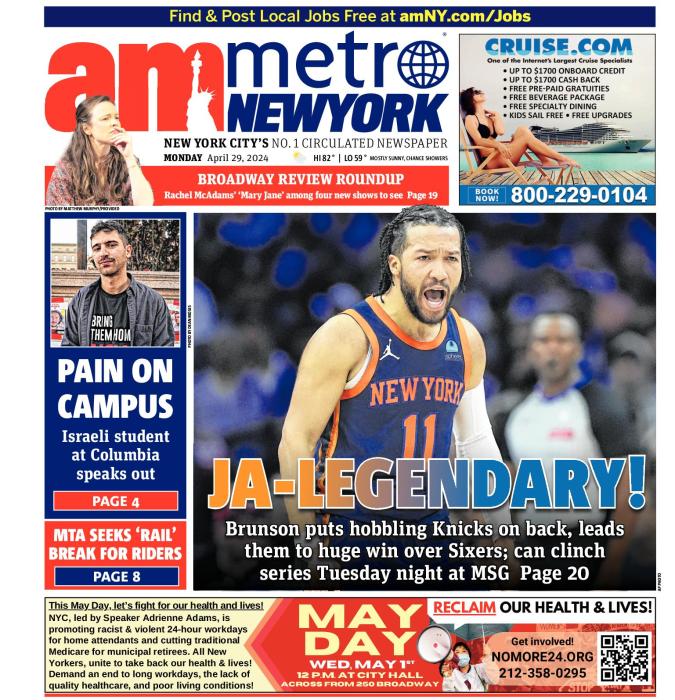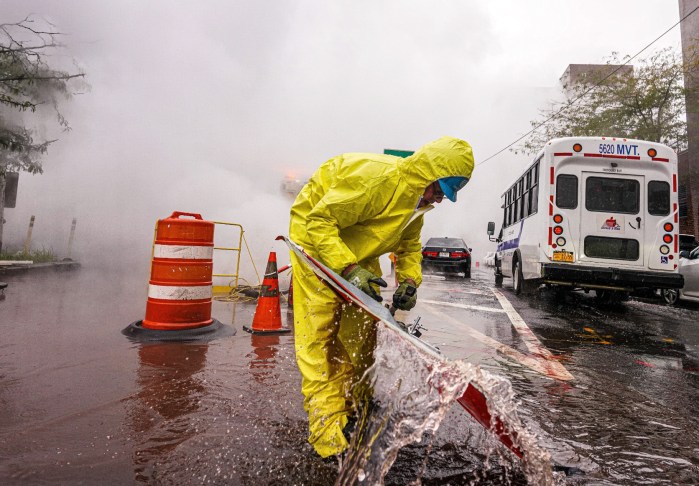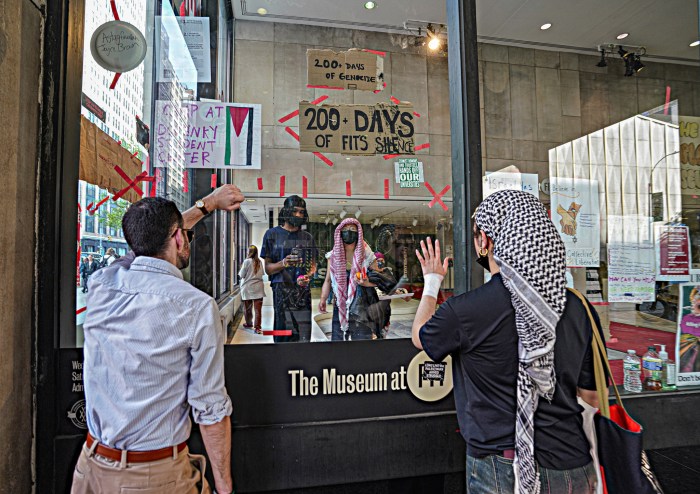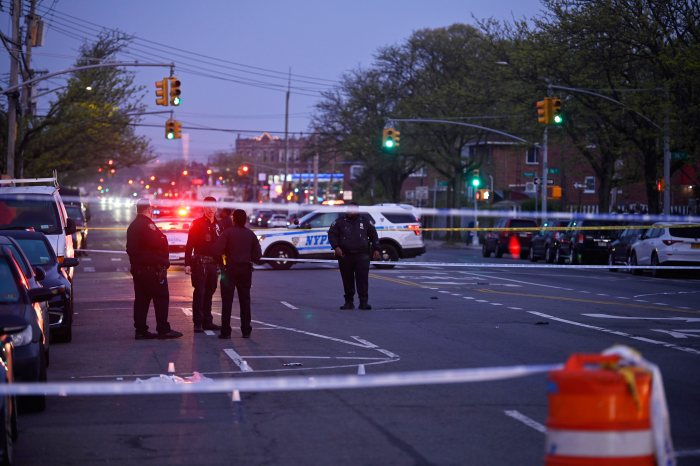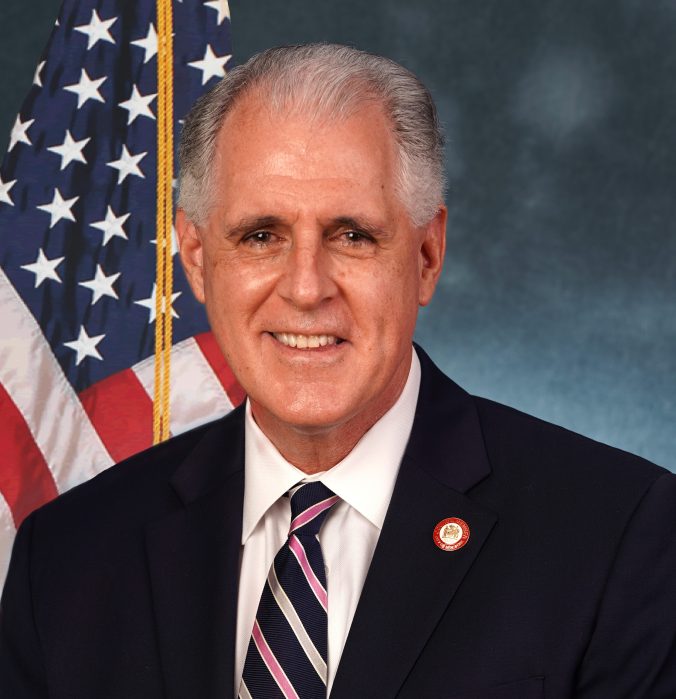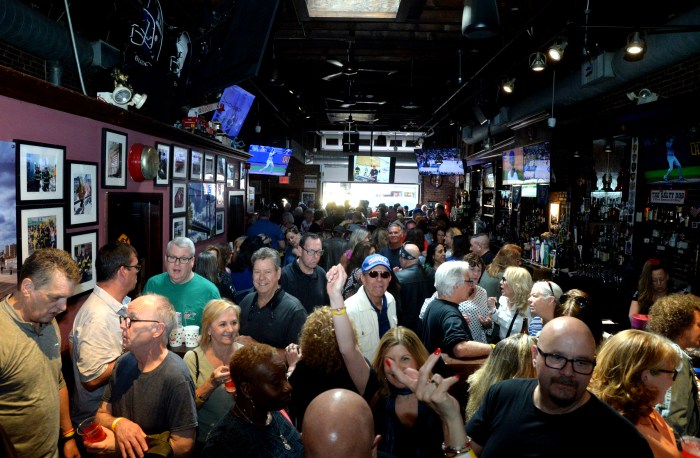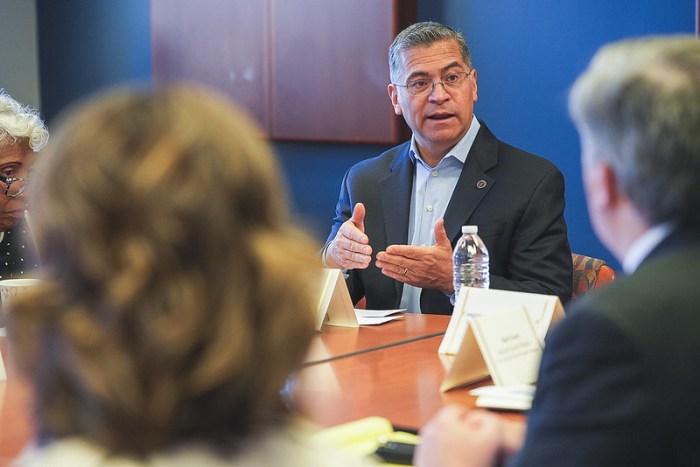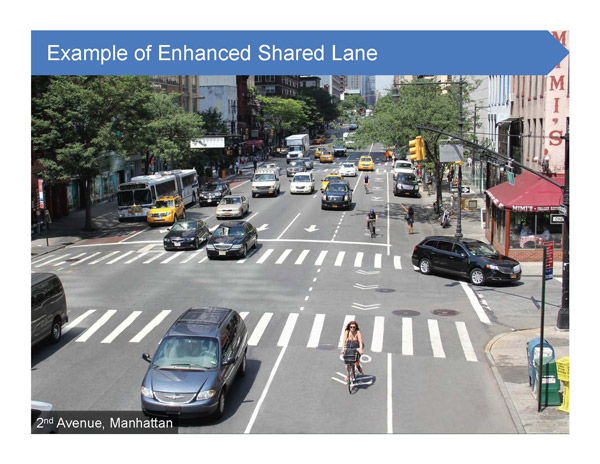
BY CYNTHIA MAGNUS | Bicyclist safety, traffic congestion, and expanded transportation options for Tribecans were among Community Board 1 Chairperson Catherine McVay Hughes’ concerns during a morning bike tour of Downtown on July 15.
Following a city Department of Transportation presentation about new bike lanes to C.B. 1’s Tribeca Committee on July 10th, this reporter was invited on a two-wheeled survey that covered part of the planned route. Hughes said the D.O.T. plan addresses some problem streets that are unsafe now for bicyclists and pedestrians, and she thinks the agency is trying to respond to a community need for more bike routes.
The tour also featured parts of the plan that Tribeca Committee members denounced.
On July 30, C.B.1’s full board voted to reject the entire plan, and will request the D.O.T to return in September with an alternative one. D.O.T. was planning to implement the plan sometime in August, and did not respond to requests for comment July 31 as to what they would do in light of the board’s vote.
Hayes Lord, director of D.O.T.’s bicycle program, told C.B. 1 earlier in the month that the agency wants to create new bikeways between Tribeca and Greenwich Village, and provide continuous north/south routes to Union Square.
The committee had approved most of the plan but rejected the scheme to put a bike lane on the sidewalk along the west border of Albert Capsouto Park.
Bicyclists riding south from the Village would travel down West Broadway, west on Broome to Varick, then south across Canal past Capsouto Park, down Varick to West Broadway and continue to Warren St.
The uptown route would guide riders from Warren up Church St. to Franklin, to Sixth Ave. to West Broadway, to Houston, then LaGuardia Place to Washington Square and beyond.
“It’s a big change,” committee member Bruce Ehrmann said later. “I don’t think the D.O.T. gave us enough lead time. It’s not atypical of the way D.O.T. has operated under this administration.”
Part of the plan would include what Lord called an “enhanced” shared lane on Varick St. from Laight St. to Beach St. Bikers and drivers would use the same space for this stretch.
Ehrmann says that there is no viable solution for bike travel on Varick between Canal and Beach Sts. and that, “Beach St. is routed hellaciously between Varick and Avenue of the Americas,” with “tremendous” rush hour traffic.
As an alternative to the proposed southbound bike lanes, Ehrmann suggests the “beautiful dedicated routes on the waterfront.”
West Broadway from Canal St. to Thomas, says Ehrmann, “is a mess already.” He identifies the junction at Leonard St., Varick St., and West Broadway as one major choke point for traffic in Tribeca. “Now you’re going to add a bike lane,” he said of the D.O.T. plan, “It strikes me as ill advised.”
The committee told Lord to come back with something else regarding Capsouto Park.
Named for Tribeca resident, restaurateur, and long-serving C.B. 1 member Albert Capsouto who died in 2010, the park’s sidewalk along Varick St. between Canal and Laight Sts. would be would be shared by pedestrians and riders.
Committee member Mark Costello told us, “The fact that Albert’s park is there puts the issue in sharper relief for me, but the basic point is needlessly reducing pedestrian safety. Why not compromise and keep bikes in the very wide street?”
Lord had told the committee that the sidewalk has low pedestrian volume, and that bike riders “probably won’t” ride on cobblestone. When a member asked if bicyclists could be asked to ride on it for the one block, Lord said, “Honestly we couldn’t put anything [like paint or bike stamps] on that street because it’s cobblestone, so anything we put will just disappear, so all we could put is a sign and nobody’s going to read that sign.”
When the member asked then how a “yield to pedestrians” sign would work, Lord said, “It’s a real challenge.”
Though the D.O.T. created an ad specifically against bicyclists riding on sidewalks and posted it around the transit system including the A/C/E subway station at Canal and Thompson, across the street from Capsouto Park, Lord said sharing a 10.5 foot sidewalk is workable.
The D.O.T. did not respond to multiple requests for comment about how the agency would deal with the city street light that occupies the sidewalk reducing its width to 5.5 feet at one point.
Lord said at the meeting that they would not run the lane on the sidewalk if C.B. 1’s full board voted against it.
While some C.B. 1 members say the plan for southbound bikes will not mitigate traffic congestion, others say it may harm business in an area that has already lost through-streets to pedestrian plazas.
Mitch Frohman, a committee member not present on July 10, said, “The people who are driving are not the people who will switch to bicycles.” Frohman, a Tribeca resident and professional musician, sometimes borrows a car to transport instruments. He also says blocked throughways are a problem for emergency vehicles.
“The worst part of this ideology is that the elites will still have their vehicles,” said C.B. 1 member Allan Tannenbaum, a photographer who uses his car to transport equipment. “I find that all these things they’re trying to do to Copenhagenize the city interferes with people’s ability to do business.”
During our ride, Hughes cited traffic congestion and air quality as critical issues for Downtowners and said the problems are partly caused by commuters who drive just because they can afford to do so.
As we wove our Citi Bikes south along West Broadway next to moving traffic, we saw idling trucks forced to load next to cars parked in no-parking lanes. Hughes questioned why the vehicles, some government-issue, were parked where it is prohibited.
She also recognized traffic-and-construction-caused choke points that other C.B. 1 members worry will be exacerbated by the proposed bikes lanes. She thinks, though, that the D.O.T. plan can help Tribecans handicapped by fewer public transportation options.
At Capsouto Park, Hughes suggested the possibility of installing raised markers along the cobblestone that would not wear away, and alternatively wondered if directing pedestrian traffic through the park might help resolve sidewalk safety issues.
“It’s lovely in here,” she said, adding, as we pushed our bikes through the park, that walking through the park was a minor detour from the sidewalk and it might encourage people to enjoy the oasis.
She hopes that improving bike ways will encourage more riding and less driving.
“See?” said Hughes as we proceeded from Capsouto Park down Varick St. “Riding over cobblestone isn’t so bad.”
